
Triumph To Bring In Hotter Tiger 900 Models On December 3
- Nov 15, 2019
- Views : 6023

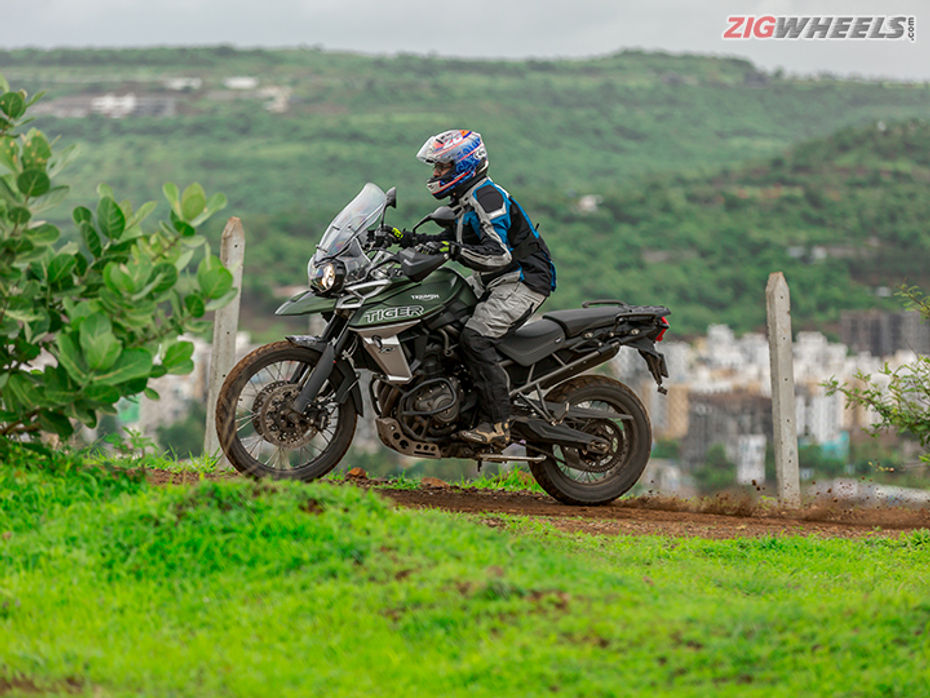
One look at an ADV and you would believe they aren't meant for anything other than touring and the occasional trail riding. But as they say, there is more to a book than its cover. ADV’s are arguably the Swiss Army knives of the motorcycle world. They serve a myriad of purposes, like a small trip to buy groceries (I know a journalist who does that) or an impromptu run to Khardung La to sip chai. A long stint with the previous generation Tiger 800 convinced me that they are fantastic everyday bikes. Every motorcycling work I could think of, the Tiger did it with aplomb. And just like Swiss Army knives, the Tiger range comes with many attachments, er... variants. If you plan to stick to just the road, you have the XR range. If you fancy getting your boots muddy, the off-road XC range should serve you well.
Despite shortcomings like the weight, tall seating and an inline triple motor which makes most of its power high in the rev range, the Tiger 800 convinced us that an ADV is your best bet for the ‘one bike serves all’ mantra. The new Tiger 800 takes that argument further with over 200 updates across the board. While there are no major changes, Triumph has focused on better low-speed rideability and more upright ergonomics. Just what you need for a comfortable everyday experience. Let's delve more into the changes and how it affects different facets of everyday riding.
Design and Features
The new Tiger 800 retains its recognisable silhouette. Interestingly, the new LED DRLs across the headlamp seen on the new Tiger 1200 are only available on the top-of-the-range Tiger 800 XCA and XRT models, which aren’t sold in India. That's a miss there, Triumph.
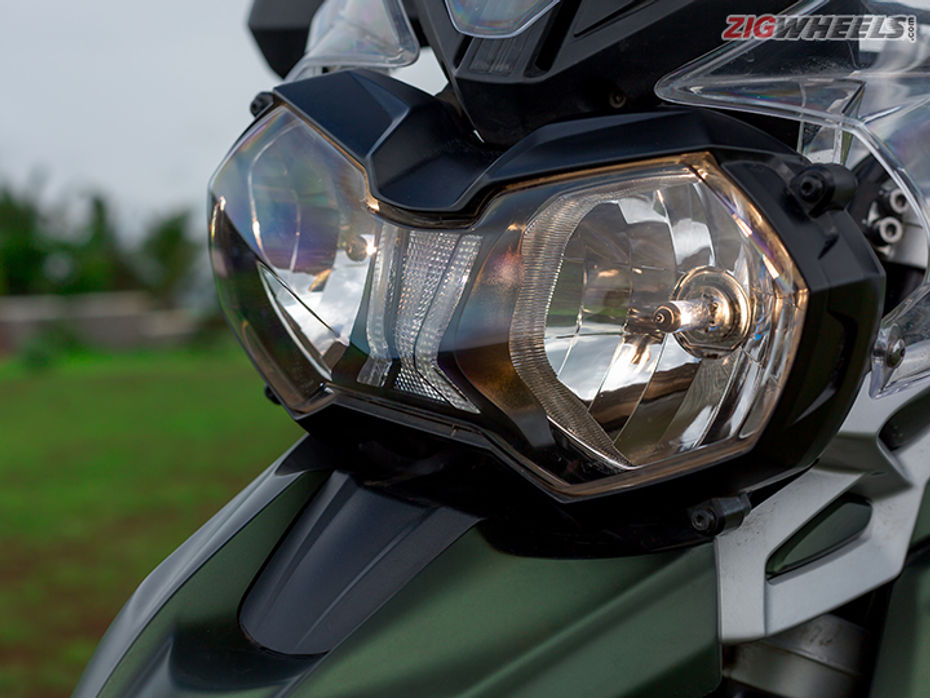
New graphics make the Tiger 800 look more menacing while the 3D badge on its tank shroud gives it a premium touch. Other changes include a larger and more rigidly mounted adjustable windshield.
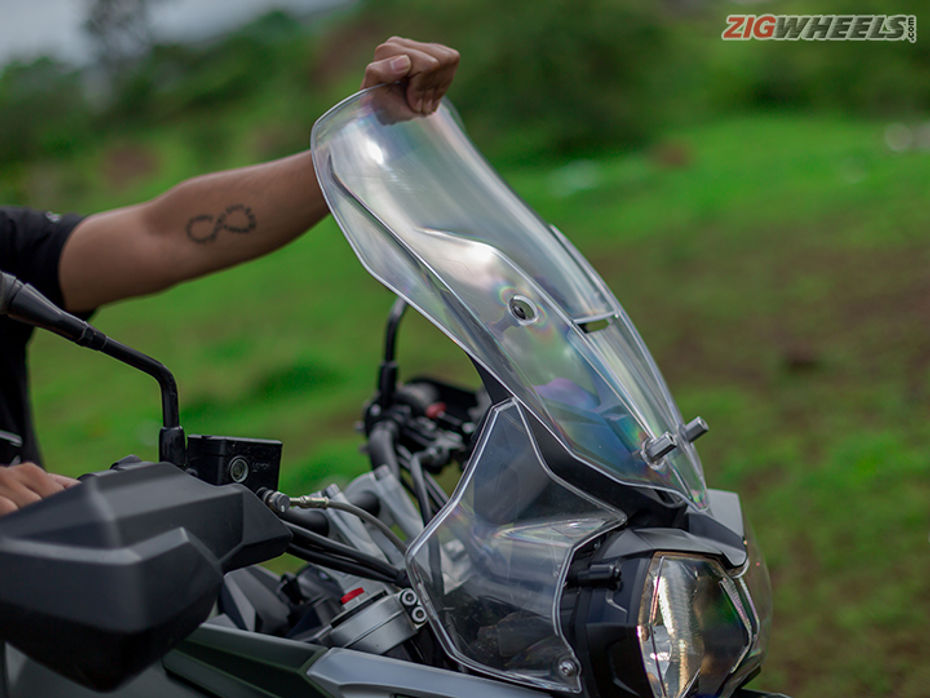
The new Tiger’s party trick is a 5-inch colour LCD instrument cluster borrowed from the new Street Triple RS that comes with three menu displays. Its auto contrast feature and large fonts make the screen easy to read during intense off-road sessions as well as top-speed runs.
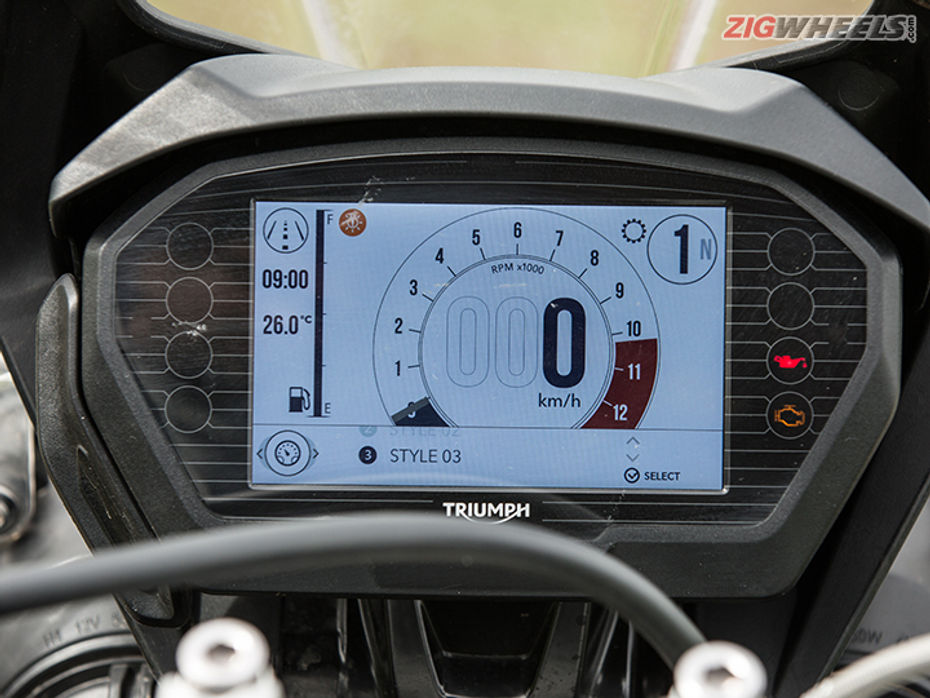
The new switchgear gets more buttons. The well-rounded buttons are easy to reach and tactile to the touch. It also gets a 5-way joystick beside the horn that’s easy to use, along with separate rider mode and home buttons which makes scrolling through the menu a seamless experience.
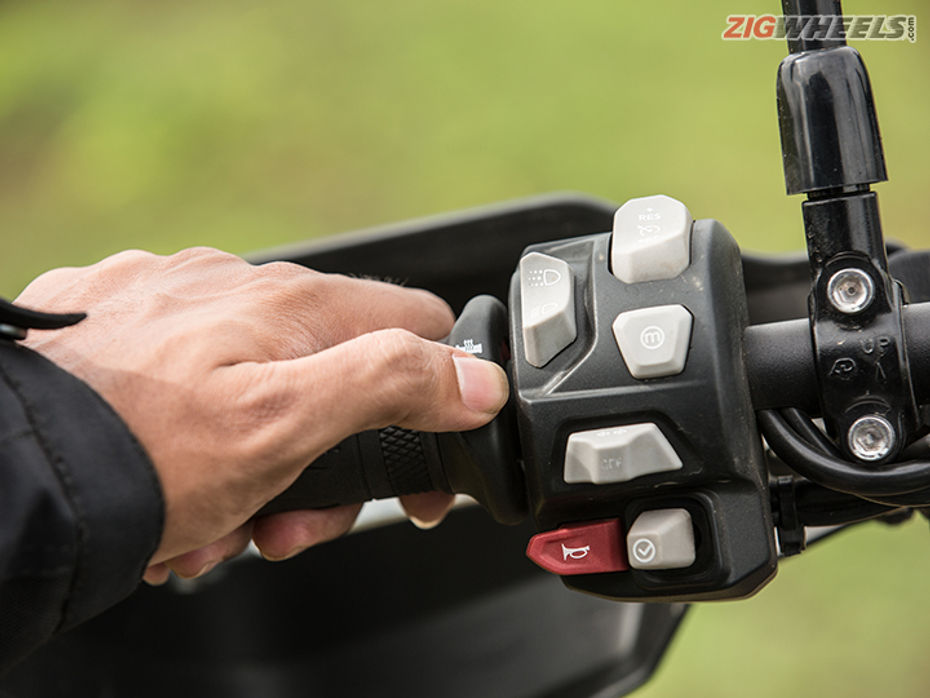
Its five off-road modes include Rain, Road, Sport, Off-Road and Off Road Pro.
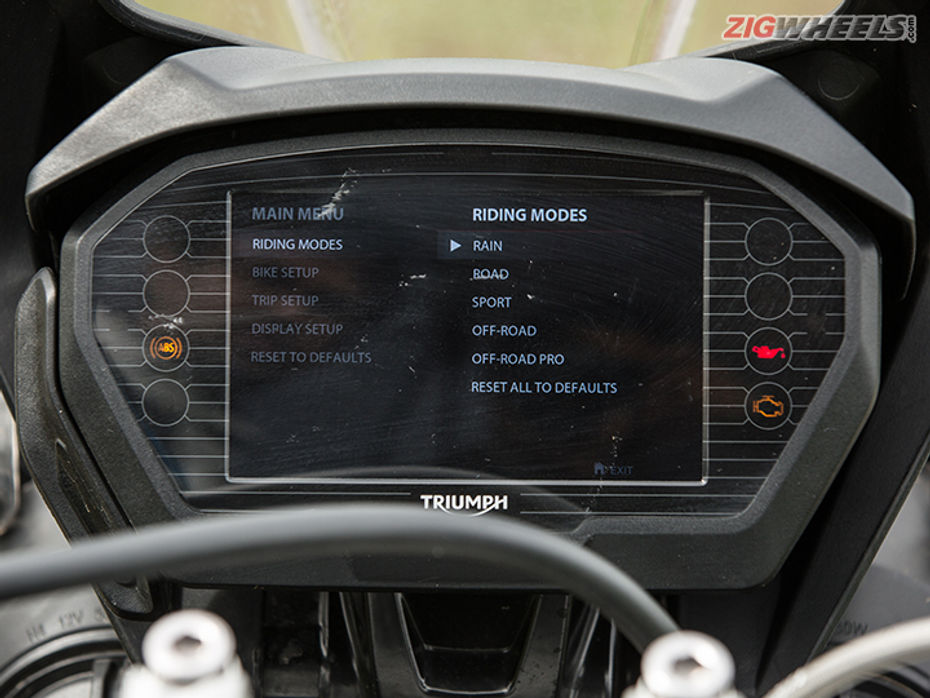
Triumph sells three variants of the new Tiger 800. In the XR range, you have the base XR and the more specced out XRx. The XC range consists of just the XCx, the one we are riding here.
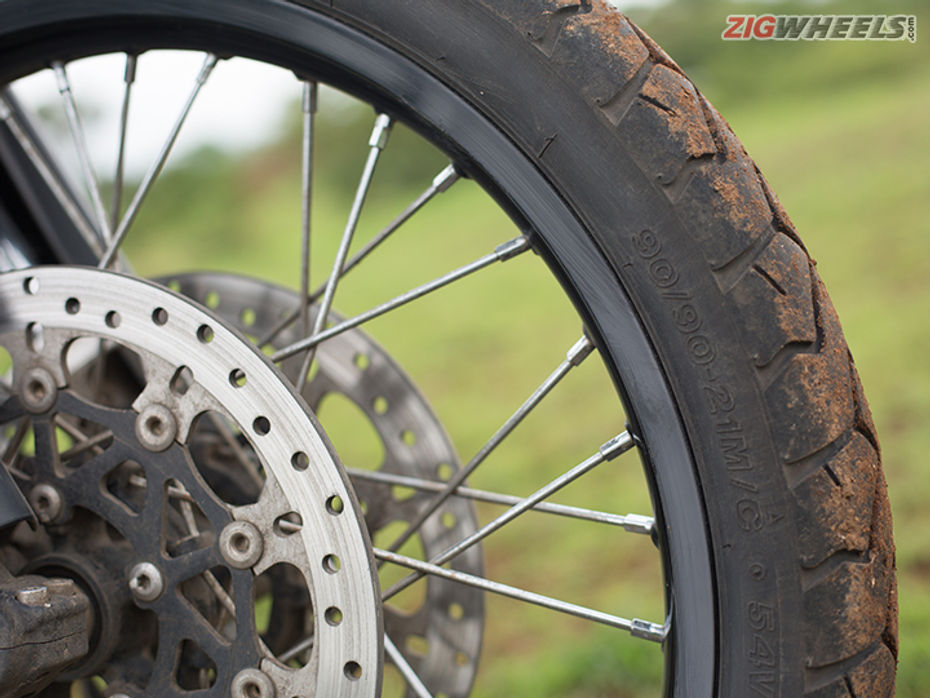
For off-road riding, it gets 21-inch front and 17-inch rear spoke wheels with Bridgestone Battlewing tyres, spiked off-road footpegs, engine protection bars, an aluminium sump and radiator guards along with the earlier mentioned one extra riding mode dubbed ‘Off Road Pro.’
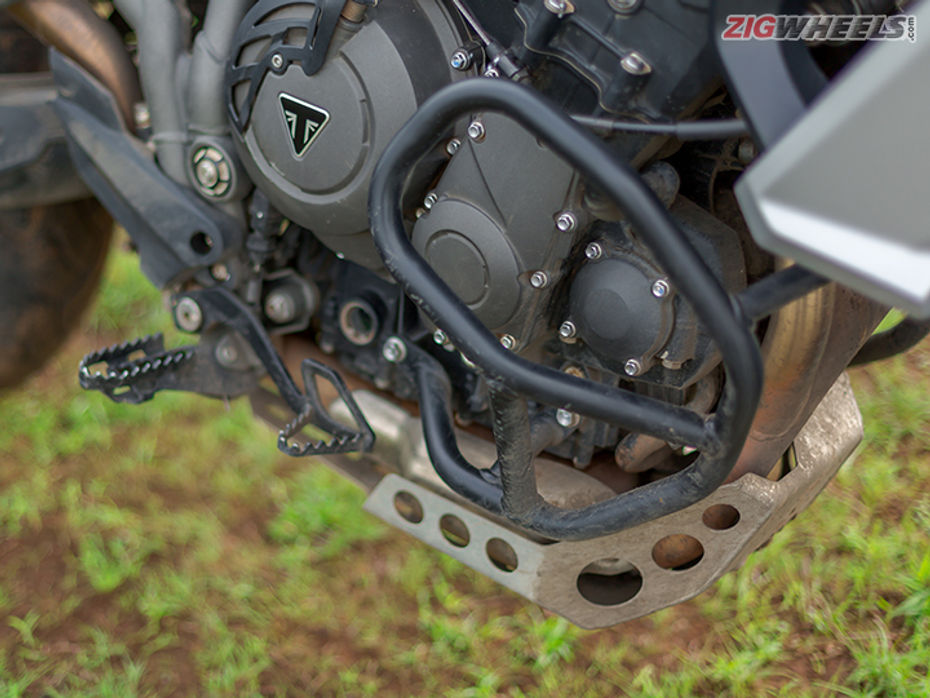
Performance
To improve low-speed response, the new Tiger gets a shorter first gear. Our acceleration tests had the bike crossing 60kmph in 2.23 seconds and doing the 0-100kmph dash in 4.27 seconds. The 0-100kmph acceleration time could have been better with a taller first gear, as it maxes out at 87kmph in first and as a result needs an extra gear shift to reach 100kmph.
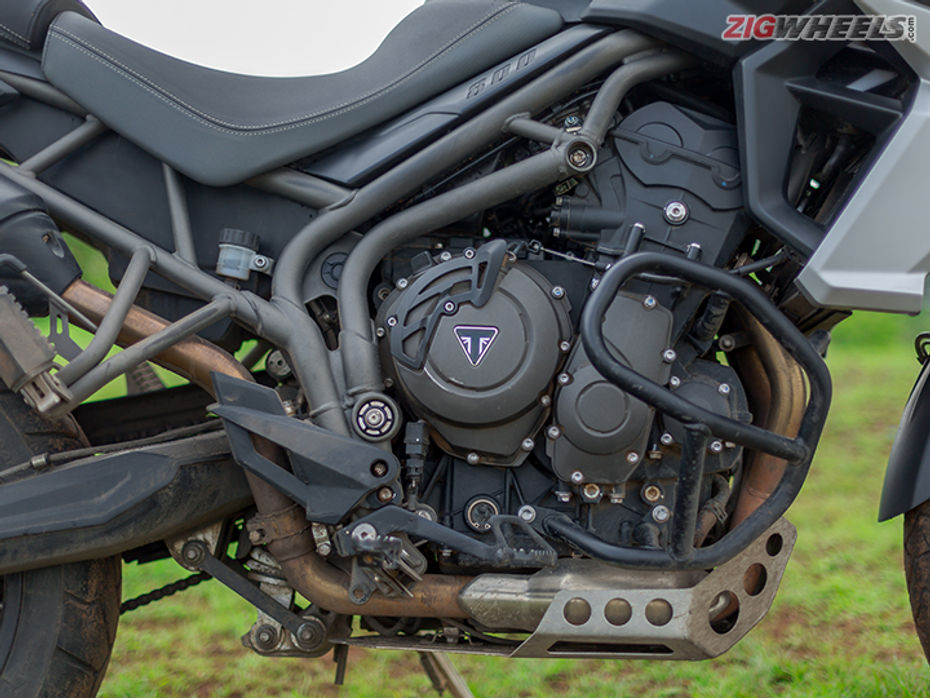
Still, the new Tiger is no slouch. It is, in fact, quicker than the larger 2017 Tiger Explorer 1200 to 100kmph and even outpaces the more powerful and lighter Ducati Multistrada 950 in the run to 60kmph. Power delivery almost feels more supersport than ADV.
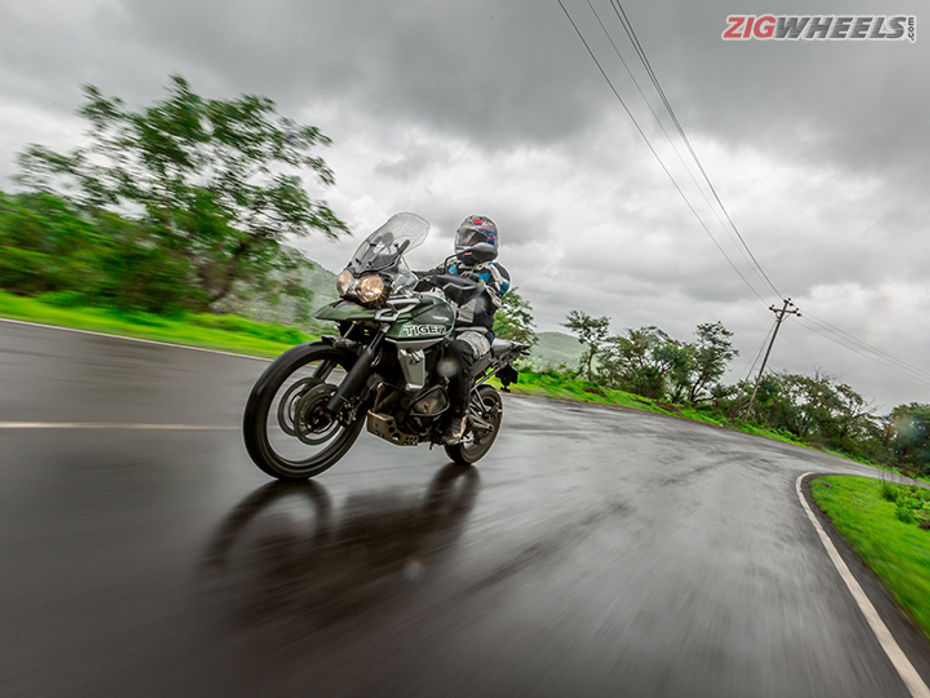
Triumph has worked towards reducing friction, which along with new lighter internals, helps the motor spin up to its 10,000rpm redline quicker. Engine refinement is quite good too, with minimal vibes throughout the rev range. And then it sounds meatier than before too, thanks to its new, lighter and free-flowing exhaust.
Riding it in the city
One of the biggest changes to the new Tiger 800 has to be in the engine department. Triumph has not fiddled with the power output. It makes the same 95PS, but that comes in 250rpm higher, at 9500rpm. Peak torque has jumped up by 1Nm. It is now 79Nm at 8050rpm (up by 100rpm). While the change to engine output is marginal, it is the way the power is delivered that has changed. Of the 79Nm of torque, 70Nm is available from just 2500rpm onwards.
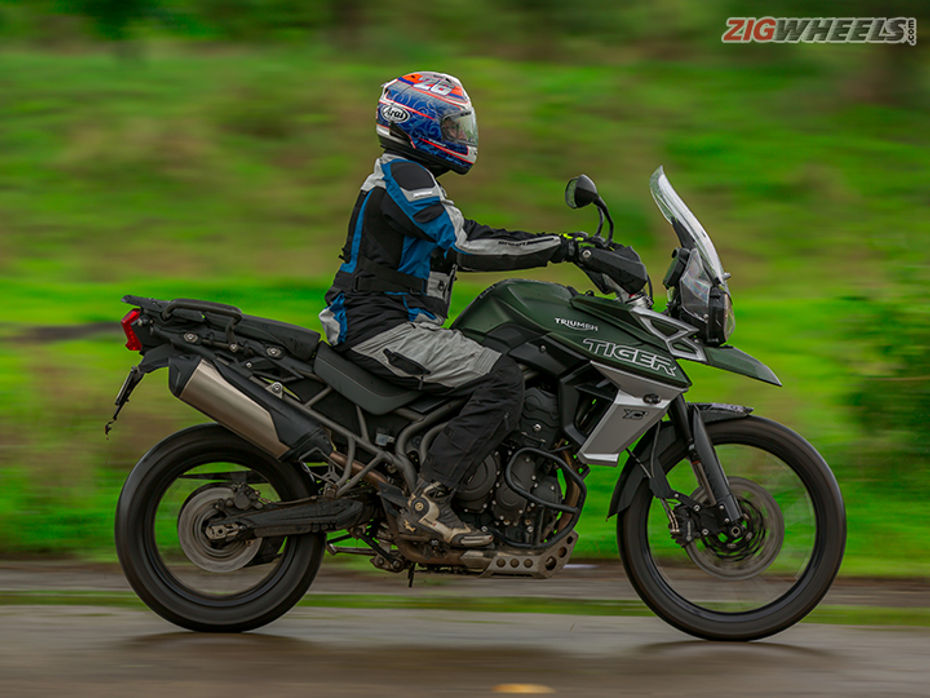
This not only gives a vast torque plateau to play with, it makes the engine quite tractable too. So tractable in fact that you can potter around town in sixth gear at speeds as low as 40kmph. This tractability shows in our in-gear acceleration run as well. 30-70kmph in third gear is dispatched in 2.76 seconds while 40-80kmph in fourth takes 3.39 seconds. That is quicker than the Ducati Multistrada 950. And this high tractability helped the Tiger manage a fuel efficiency of 20.93kmpl in the city.
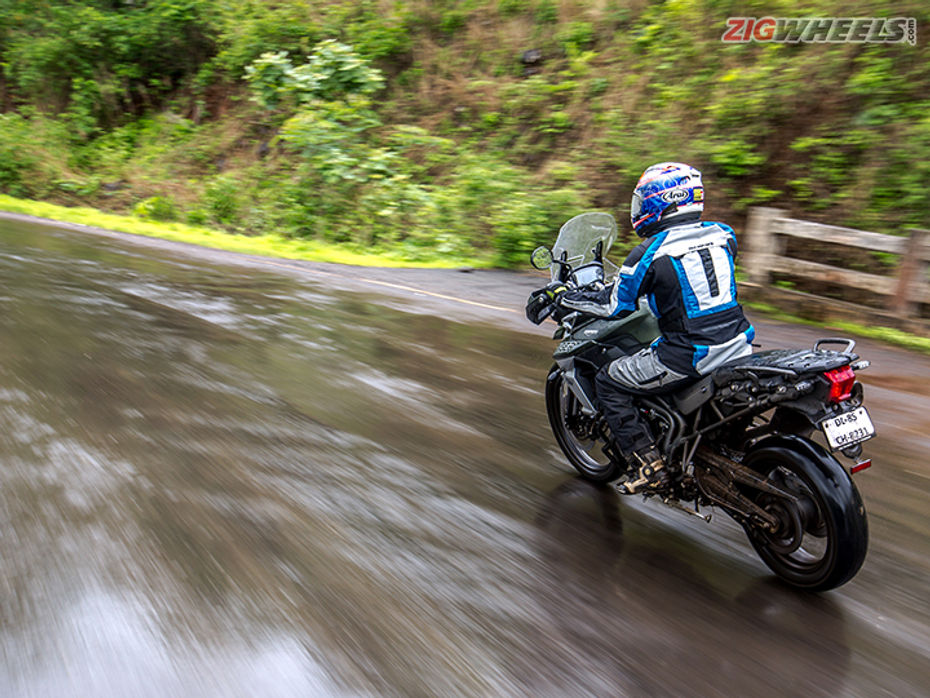
In the city, the bike feels surprisingly nimble despite its 205kg dry weight being one kg more than the previous iteration. There are two reasons for this: The steering angle has become sharper (23.4 degrees from 24.3 degrees) while trail has reduced from 95.3mm to 93.5mm. The end result is quicker steering, a boon in urban conditions.
The seat has manual height adjustment up to two settings: 840mm and 860mm. Adjustments, though, require removal of the seats. It is still a tall seat though and even with the setting at lowest, I had trouble placing both feet flat on the ground. In retrospect, the XR range has a lower 810 to 830mm seat height aided by the shorter travel road-focused suspension setup.
Next is the handlebar that despite being smaller than before has moved closer to the rider, making it easier to give steering inputs.

The only grouse we had in the city was the engine heat that radiated from the 3-cyl motor in rush hour traffic. Despite a fairly open frame architecture, the radiator pushes engine heat towards your knees. Triumph could learn a thing or two about heat management from their rival, Kawasaki. Clutch lever effort could have been lighter as well. It does feel a tad heavy thanks to the absence of a slip-and-assist clutch.

Most of our city riding happened in the pouring rain, where we switched to the more sedate Rain mode. While it dials back power and has softer throttle responses, there was no lack of pep and surprisingly, traction control intrusion was far less than expected.
Highway manners
Triumph has focused on improving rider comfort over longer distances for the Tiger 800. There are two major updates to this end. Firstly, the ergonomics have been revised to offer a more upright riding position. This has been done by moving the handlebar 10mm closer to the rider. This move has resulted in an almost-vertical riding position for medium-sized riders. It also makes riding the bike while standing on the pegs more comfortable.
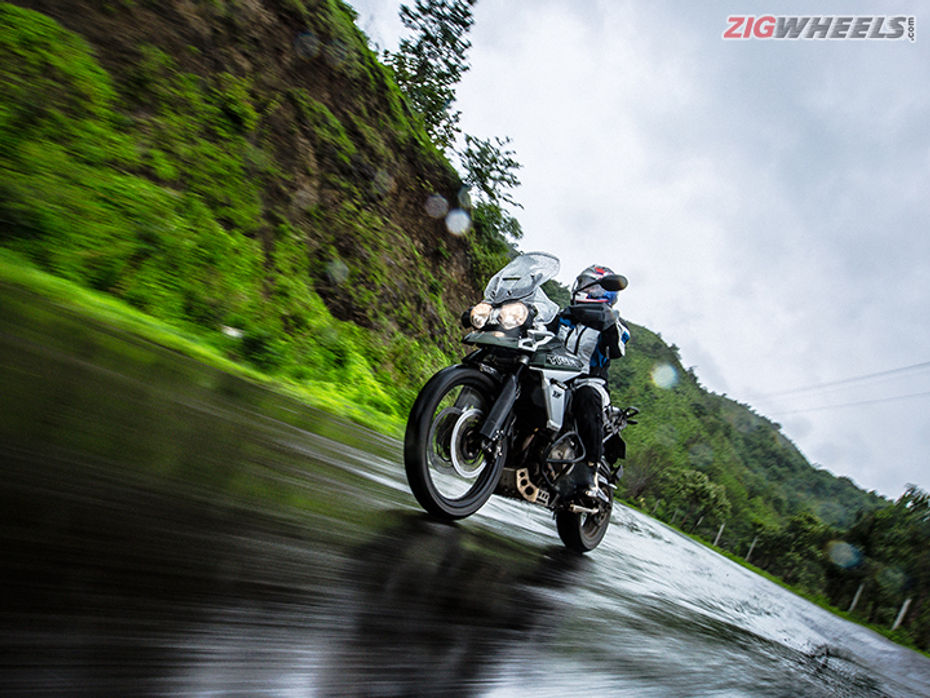
Then there are the revised comfort seats. They come with a new foam technology called “3D Net” that takes the shape of the rider’s derierie, somewhat like memory foam. The riding position and seats together make the new Tiger 800 one of the most comfortable bikes to cover long distances. The adjustable windscreen gets transparent wind deflectors that insulate both rider and pillion well even at speeds above 160kmph. I was impressed by the fact that the new windscreen is rigidly mounted and did not shake even with the digital speedo reading 190kmph. All this makes for a stress-free riding environment which allows you to travel long distance without breaks.
In fact, we did not take a single break during our 100km fuel efficiency run and felt like we could ride another 100km without stopping. We got a fuel efficiency of 23.84kmph on the highway.
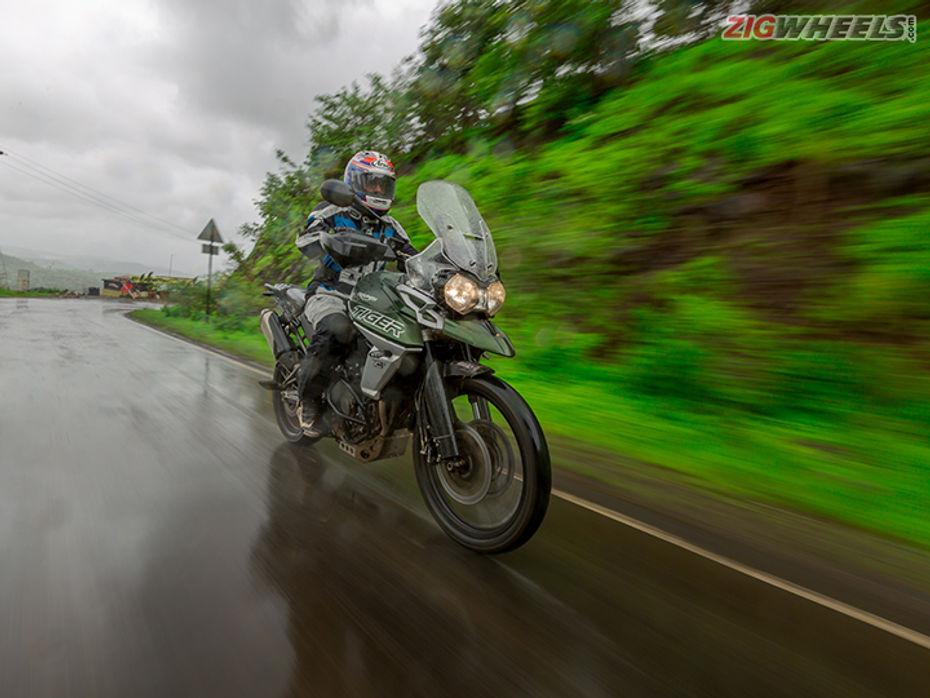
Cruise control is another boon for touring. The one on the Tiger features one-touch activation via a button on the left switchgear. It allows you to adjust speed on the go via buttons on the switchgear and can be set as low as 30kmph when in third gear. To deactivate cruise control, you simply tap the brakes once.
Stability at speed is impressive, even more so in wet conditions thanks to the electronics. On rain-soaked roads, opening the throttle wide in Sport mode in higher gears has the rear twitch for a second at regular intervals as traction control cut in. The bike tracked straight and true nevertheless. In lower gears, the traction control cuts in sharply though, which meant it needed to be switched off. This is easier said than done as there is no dedicated button for TC so you have to get into the rider mode menu to deactivate it. While all rider modes can be customised, it is only the Off-Road Pro mode that has the option to switch traction control off completely.
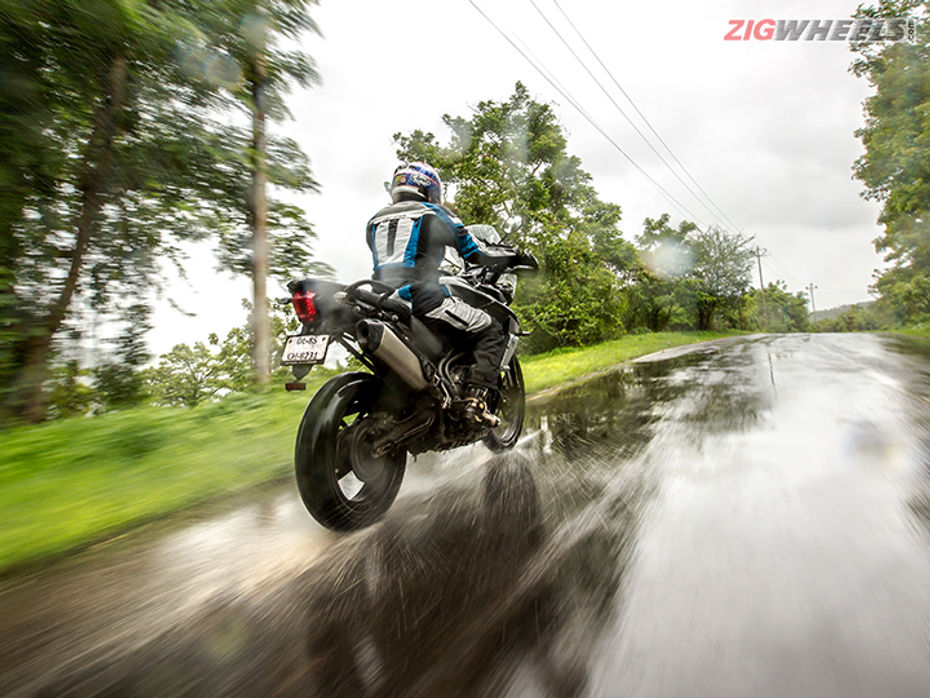
The motor would’ve almost made this new Tiger feel like a sportsbike on stilts, if not for the offroad-tuned suspension setup. While the front 43mm upside-down front WP forks get adjustments for compression and rebound, the rear WP monoshock gets hydraulic preload adjustment. The suspension setup feels a bit reactive while negotiating bumps and undulations at slow speed, which makes the ride slightly lumpy. It smoothes out considerably the faster you ride, or if you add more rear preload. And it is a hoot to ride fast off-road as well thanks to the long travel setup.
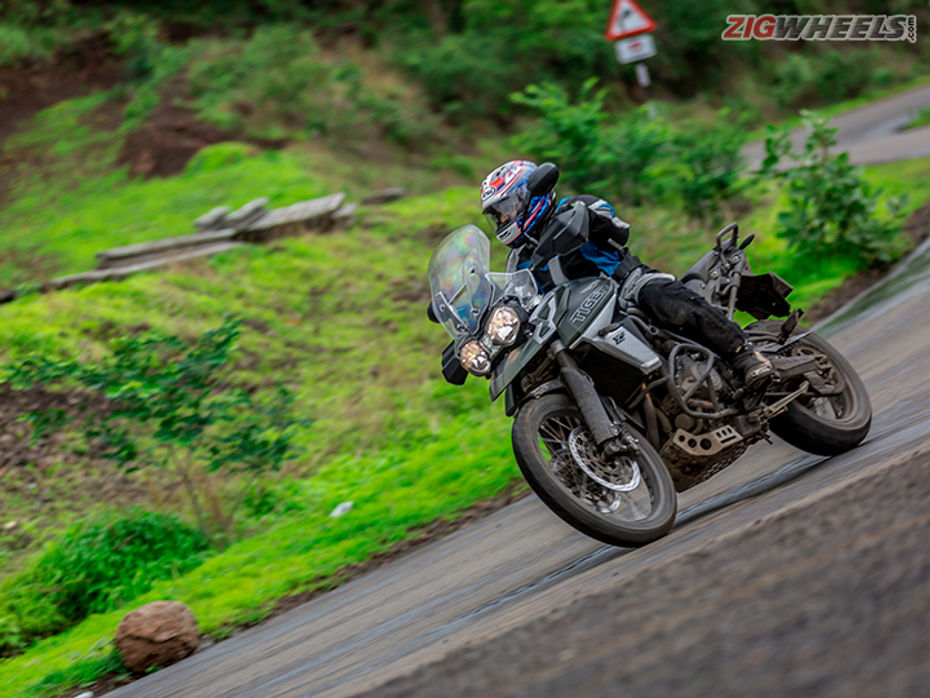
Handling isn't as direct or engaging as the Ducati Multistrada but then this Tiger is running the offroad-spec suspension and Bridgestone Battlewing tyres. They offer good grip off road and on dry tarmac, but the front tyre feels squishy in corners and does not offer much feedback in the wet. But despite all this and its slightly higher weight, the Tiger 800 can be thrown into corners with reckless abandon. It is easy to shift your body weight around and almost ride the Tiger like a supermoto. Transitioning from one corner to the next feels a tad slower but the riding position makes you feel more in control of the bike, making it easier to ride fast.

While the front twin brake disc diameter has gone down to 305mm from 308mm, the calipers have been upgraded from the previous Nissin units to Brembos now. The rear Nissin single caliper over a 255mm disc unit has been carried over. The brakes have a strong bite but miss out on some initial sharpness. This seems to be done intentionally given the Tiger XCx’s off-road intent where a sharp initial bite would have had the front wheel lose grip easily. Offroad-oriented brakes and tyres meant that the Tiger 800 XCx needed a bit more braking distance. In our tests, the bike covered 50.66 metres in the 100-0kmph run and 32.37 metres in the 80-0kmph run. For the braking test, the ABS was set to sport and it did not feel too intrusive under hard braking.
Off-road hero
Off-road credentials for the new Tiger 800 comes via two dedicated rider modes named ‘Off-road’ and ‘Off-road Pro.’ They can be accessed via the mode button on the left switchgear but the bike needs to be stationary to activate these modes.
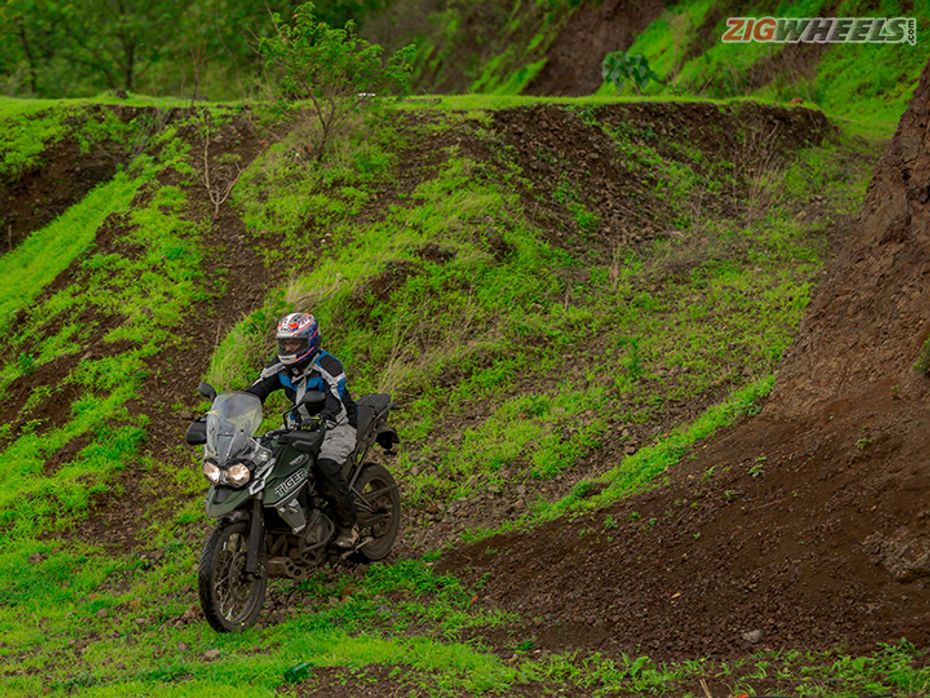
You can switch into the other three road modes on the move, but when in either of the off-road modes, you can hold down the Mode button to put the Tiger into the last used road mode. It does allow you to cycle within the two off-road modes or three road modes on the move though. This seems like a failsafe to avoid accidentally switching to the wrong mode on the move.
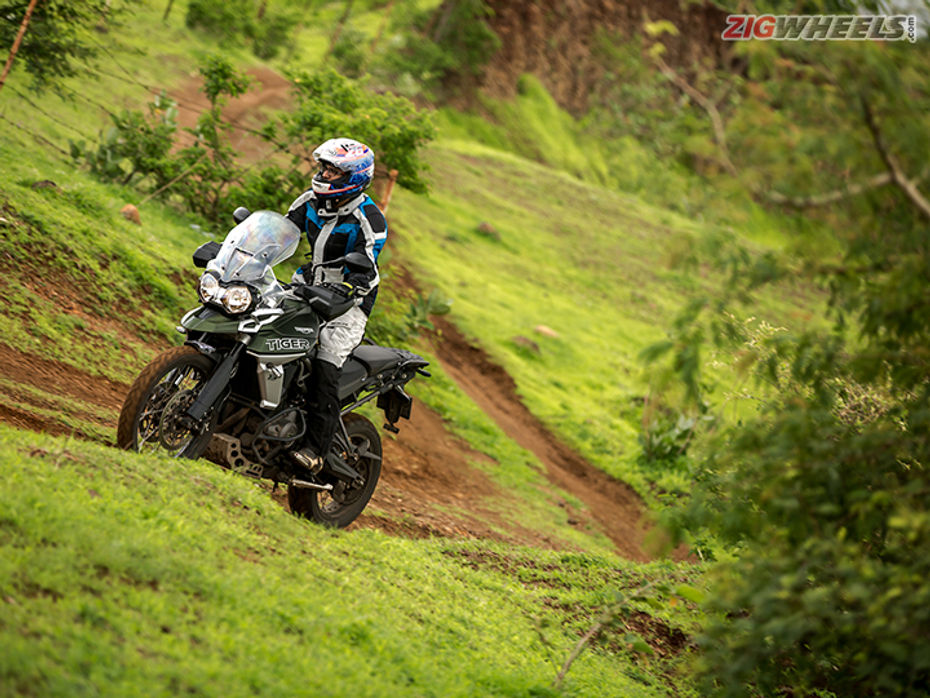
While all the five rider modes can be customised, they each come with some form of restriction. There is no mode like the rider-defined mode available in the top spec Tiger 800 XRA and XRT where you can virtually customise everything. It does get the Off-road Pro mode which allows you to opt for off-road ABS and traction control or switch off both completely.
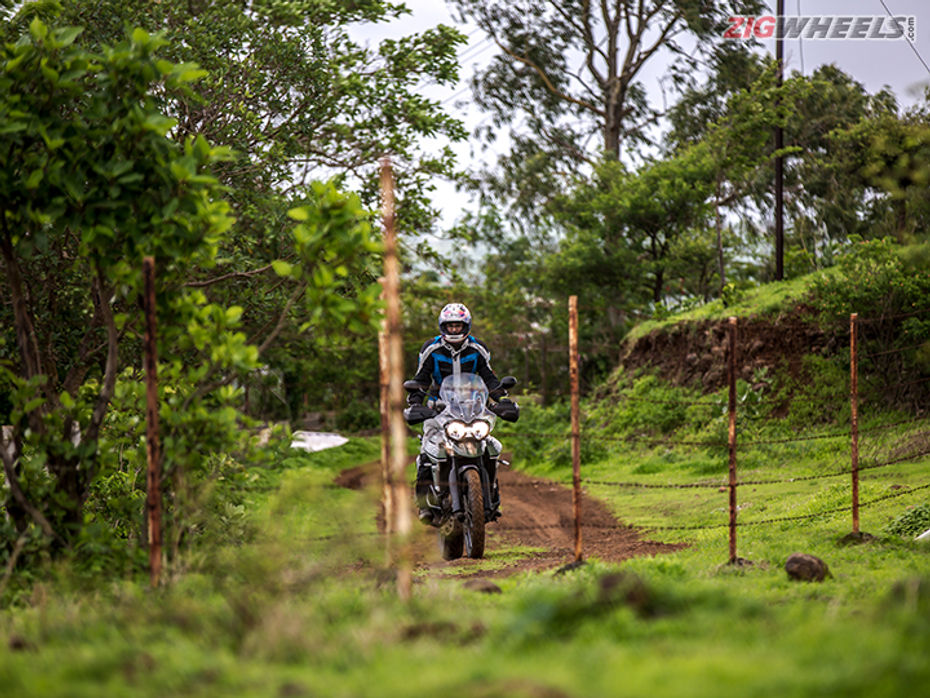
Off the road, the shorter first gear offers fantastic low-speed performance while its smooth and linear power delivery allows you to indulge in controlled power slides. The linear nature of the motor and smooth fueling makes riding at slow speeds easy.
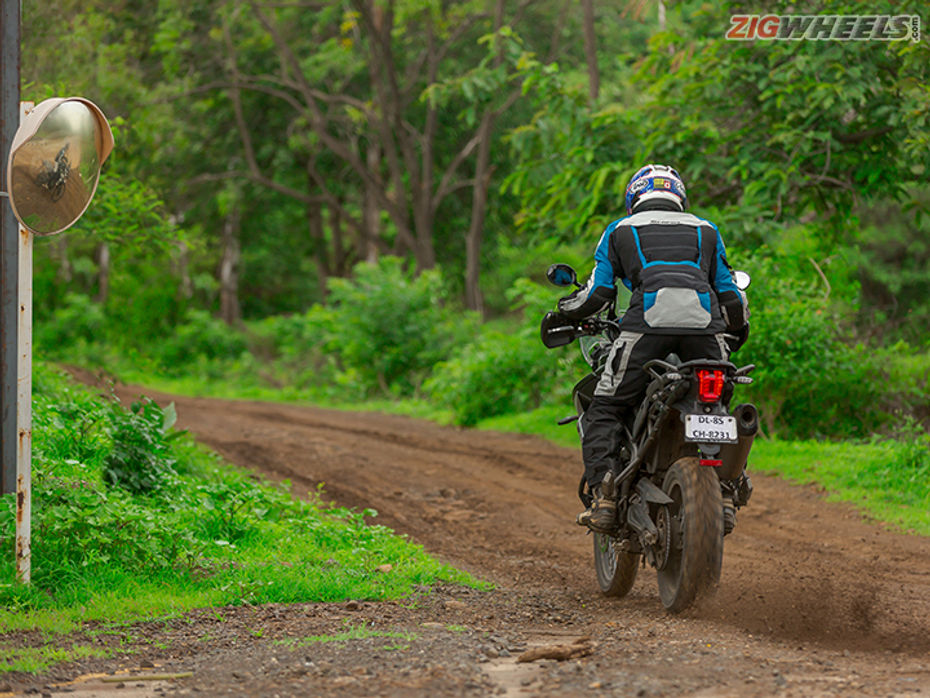
The small turning radius makes navigating narrow trails and sharp U-turns a breeze. The only time we felt the weight of the bike though, was while executing sharp turns at crawling speeds. The way the long-travel suspension soaks up bumps at speed allows the front wheel to get maximum grip and in turn gives the rider confidence to push the bike around.
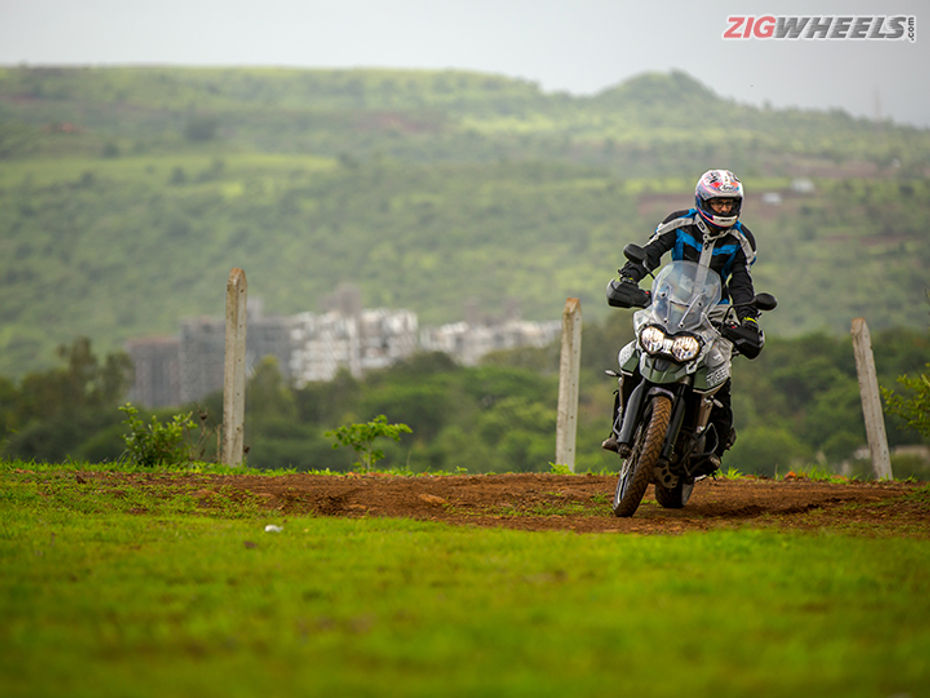
Thoughts
The key question here is: Does the new Tiger 800 XCx improve upon the quintessential ‘Jack of all trades’ formula? Well, it does. It really does a lot of things well. It is fantastic in the city, supremely comfortable on the highway and surprisingly easy to ride fast in the dirt. It has its shortcomings too.

It is heavy, runs a bit hot in heavy traffic and that tall seat spells trouble for shorter riders. If you spend more time on the tarmac and love a bit of corner carving, you’d be happier looking at the road-focused Tiger 800 XR range. But if you want the Swiss Army equivalent of a motorcycle, the Tiger 800 XCx priced at Rs 13.76 lakh (ex-Delhi) is the one to go for.

Triumph To Bring In Hotter Tiger 900 Models On December 3

2018 Triumph Tiger 800 First Ride Review

New Triumph Tiger 800 XCa Launched At Rs 15.16 lakh (ex-showroom,...

Triumph Tiger 800 XCa vs XCx: What More Do You Get?

2023 Triumph Street Triple 765 RS & 765 R Review
 Triumph Street Triple 765
Triumph Street Triple 765
 BMW F 900 XR
BMW F 900 XR
India's largest automotive community
 Triumph Speed 400
Rs. 2.40 Lakh
Triumph Speed 400
Rs. 2.40 Lakh
 Triumph Rocket 3
Rs. 21.99 Lakh
Triumph Rocket 3
Rs. 21.99 Lakh
 Triumph Scrambler 400 X
Rs. 2.64 Lakh
Triumph Scrambler 400 X
Rs. 2.64 Lakh
 Triumph Street Triple 765
Rs. 10.17 Lakh
Triumph Street Triple 765
Rs. 10.17 Lakh
 Triumph Trident 660
Rs. 8.12 Lakh
Triumph Trident 660
Rs. 8.12 Lakh